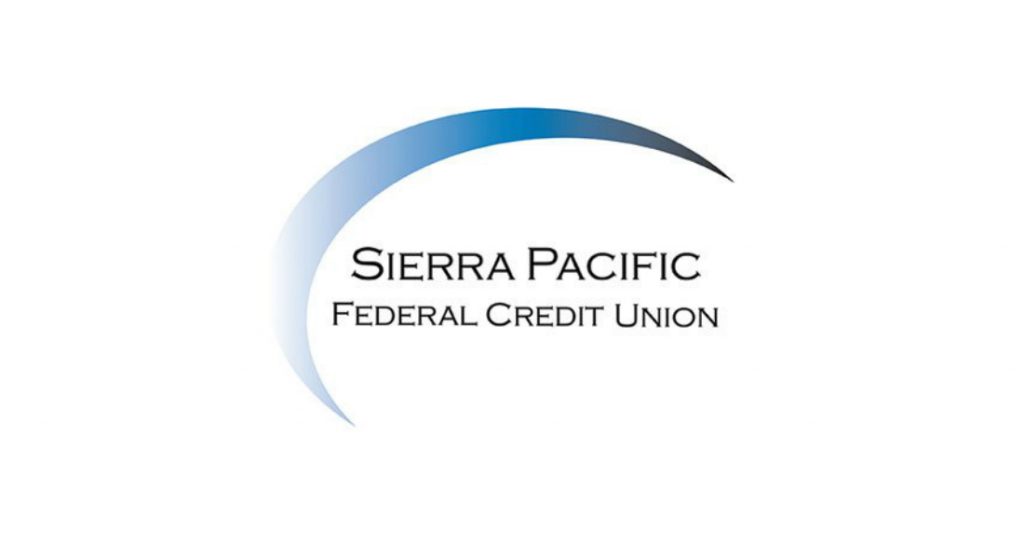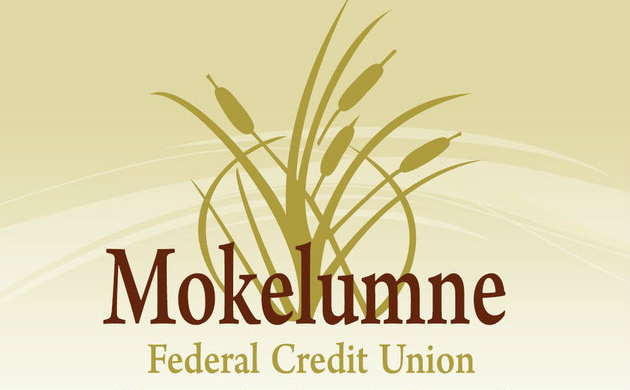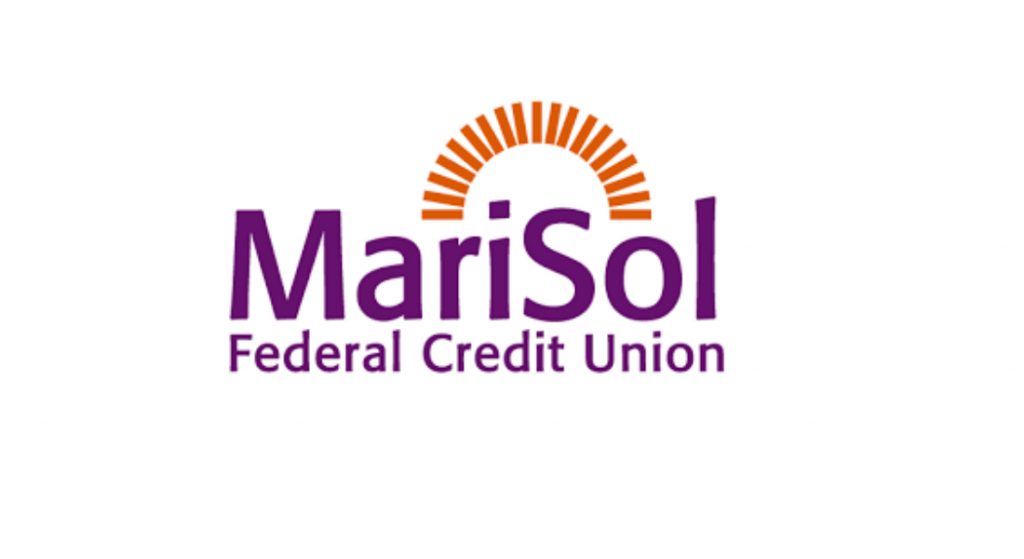
There is no question that providing account access to members anywhere, anytime is the major benefit of mobile banking. Remote deposit capture has also been a defining technology to this point. However, is your RDC “built-in” to your existing mobile app? If not, it should be.
As mobile technologies mature, members should not be faced with downloading multiple pieces to complete a mobile banking puzzle. A single interface and sign-on should allow access to every service you offer (including bill pay) through the mobile channel right at your members’ fingertips.
Here are 3 mobile banking innovations you must consider:
1. Mobile Lending
This could be due to mobile loan applications using a simpler design, however, it could also be due to accessibility. Putnam points out that “loans made through the mobile channel average about $8,000.00, typically for used cars”. What better way for your member to apply for a car loan than while on the dealer’s lot?
Providing a mobile app that will integrate or incorporate mobile lending will increase the likelihood that your members will actually use it. Mobile banking apps that are integrated with loan origination systems (LOS) will also help improve loan processing efficiency as loan applications submitted can be routed to a lending specialist in real-time for review and approval.
2. Mobile Hot Carding
Have the data security breaches at Target, Harbor Freight, Neiman Marcus and other retailers grabbed your attention? Most likely yes, especially if your member’s accounts were affected. What can you do to help protect your members?
One solution mobile banking can offer to allow your members to protect themselves is hot carding, a method of issuing a fraud alert on cards that consumers report as lost or stolen. Recently, hot carding has been expanded by card processors to allow on/off card functionality. This means if your member used their debit card at Target between Nov. 27 and Dec. 15 and were concerned about the security of their account, they could simply “turn off” their debit card through their mobile banking app. This would allow the financial institution to request a card reissue or keep the debit card inactive until the member chose to turn it back on. Members have always been able to request a reissue by calling the financial institution, however, they can now do this themselves, with the expanded capability of hot carding within mobile banking apps that support this feature.
3. Mobile App Security
Security… an innovation? With the increased adoption of mobile banking and its expanded use, security needs to be a priority. Recent studies have shown major security flaws in mobile banking apps, which indicate that developers treat security as an afterthought.
With this in mind, built-in mobile banking app security must be accepted as an innovation. A study published by IO Active Labs Research found that 90% of mobile banking apps from 60 of the top financial institutions around the world contained non-SSL (insecure) links. The study also noted that 40% of the audited apps did not validate the authenticity of the SSL certificates presented and that 50% of the apps tested were vulnerable to JavaScript injections. Another study published by Praetorian, a leading information security provider, reported that 8 out of 10 mobile banking applications (including apps from the 50 largest credit unions) contained build and configuration setting weaknesses.
you may also like
7 Reasons Personal Finance Management (PFM) Sucks
7 Reasons Personal Finance Management (PFM) Sucks PFM (Personal Financial Management) refers to financial technology that helps…
Mobi¢int Welcomes Members Credit Union
Sandy, UT (August 2017) — The Cos Cob, Connecticut-based credit union chose to implement mobi¢int for their…










